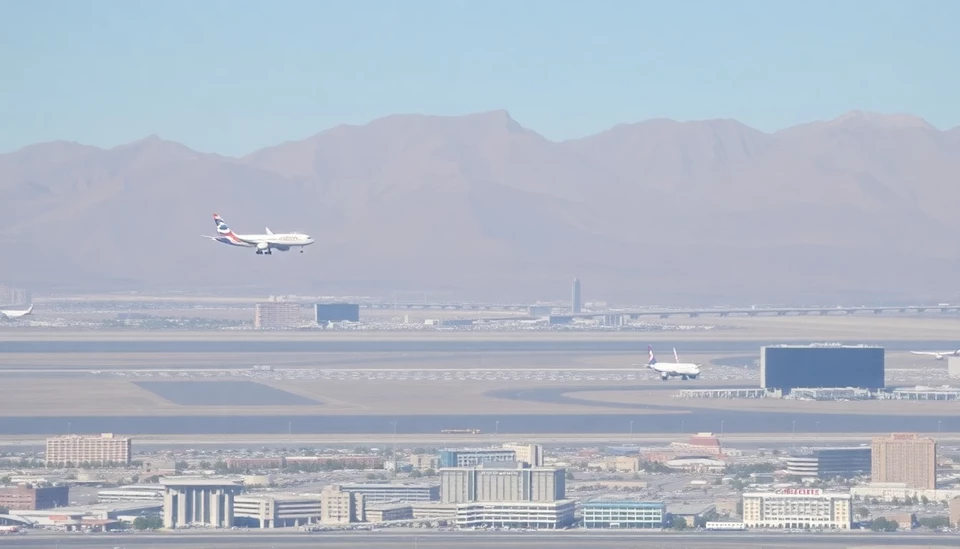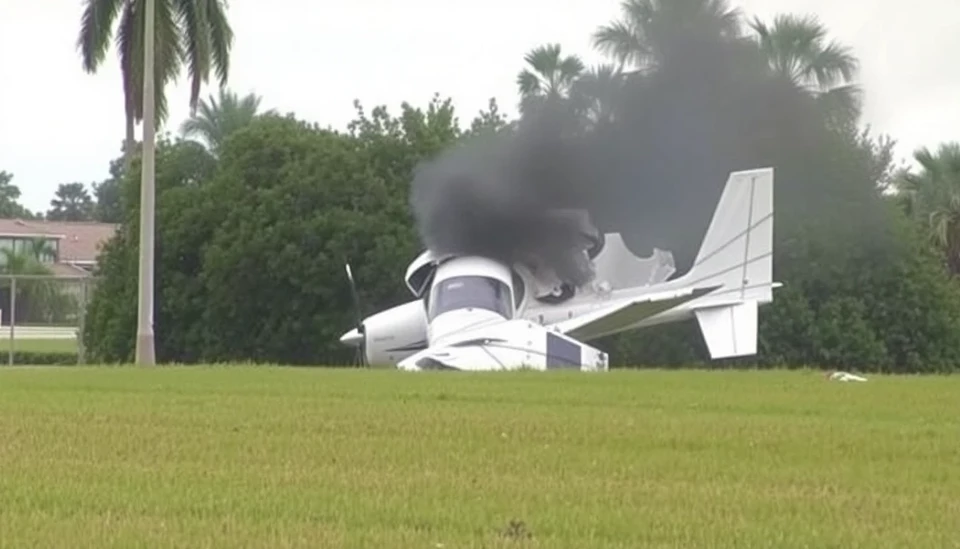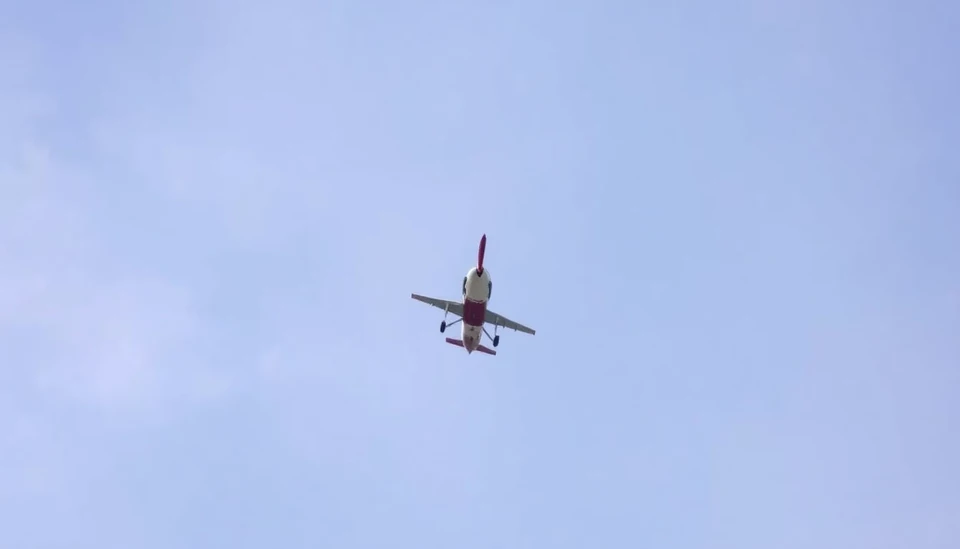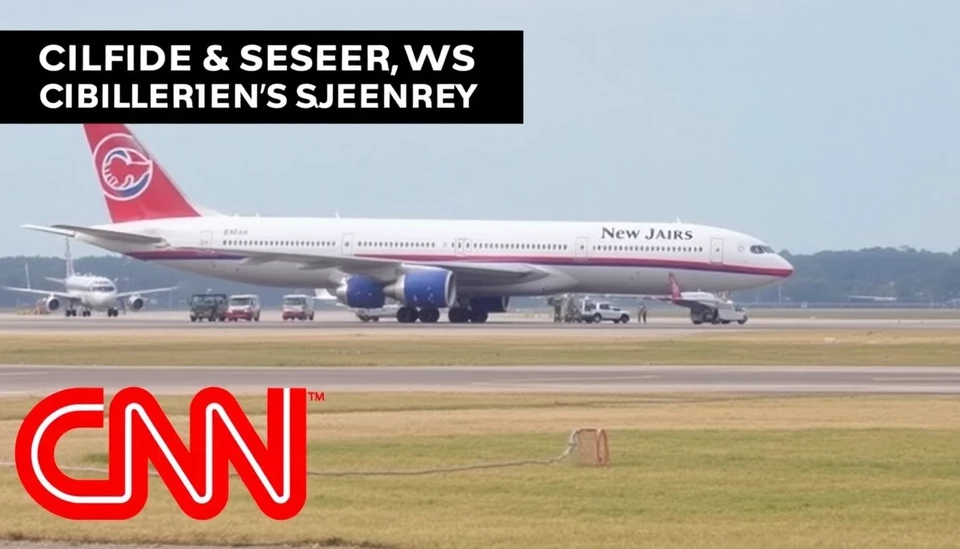
In a devastating turn of events, the aviation industry is grappling with the grim reality of 2024 being the deadliest year in the skies since 2018, following two catastrophic plane crashes that have resulted in significant loss of life. These incidents have raised critical questions about safety protocols and the increasing challenges facing air travel.
The first crash occurred over the weekend, when a passenger aircraft tragically went down shortly after takeoff from a mid-sized city airport. Preliminary investigations suggest that technical failure could be a key factor, but the exact cause remains under thorough investigation by aviation officials. Eyewitness accounts described a horrifying scene, with witnesses reporting hearing a loud explosion before the aircraft descended into a dense area of woods. Emergency response teams were quick to reach the site, but unfortunately, they confirmed all passengers and crew aboard did not survive.
Just days later, another airplane met a similar fate, this time involving a cargo flight that veered off course during bad weather conditions. The wreckage was discovered in a remote area, where recovery teams faced treacherous terrain in their efforts to locate and retrieve the remains of the plane and its crew. While rescue operations continue, officials are bracing for grim news as the recovery process unfolds.
These tragic events have prompted a closer look at aviation safety standards. Industry experts are advocating for a more in-depth analysis of current regulations and the implementation of stricter oversight to prevent similar incidents in the future. Historically, the aviation sector has seen vast improvements in safety technology and protocol; however, this year's rise in fatalities serves as a harsh reminder that vigilance and innovation must persist in the face of evolving challenges.
As investigations progress, families of the victims are left reeling from the shock and sorrow of their losses. Emotional tributes have poured in on social media as communities come together to support those affected by these disasters. Memorial services are being planned in honor of the lives lost, allowing friends, family, and colleagues to pay their respects and celebrate the brief futures that were so cruelly cut short.
The aviation industry now faces a complex task ahead as it works to rebuild trust and ensure the safety of air travel. As 2024 comes to a close, the hope remains that measures taken in response to these tragedies will pave the way for a safer future in the skies.
As known, the statistics surrounding aviation safety can fluctuate, but one fact remains clear: the ultimate priority must always be the safety and well-being of passengers and crew. Moving forward, the aviation community must unite in seeking improvements to safeguard against future tragedies.
As the investigation unfolds, the hope is to uncover actionable insights that can lead to enhanced protocols and technologies, helping to ensure that the skies are a safer place for all travelers.
In the wake of these incidents, vigilance, improvement, and investment in aviation safety will be paramount in preventing a repeat of such heartrending events.
#AviationSafety #PlaneCrash2024 #AviationNews #SafetyFirst #TragedyInTheSkies #RememberingTheLost
Author: Samuel Brooks




